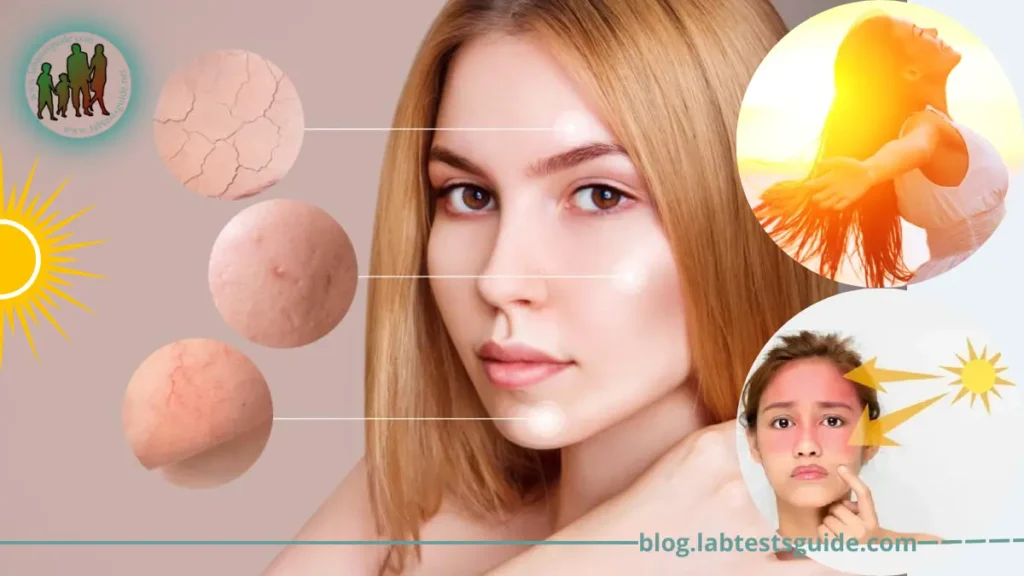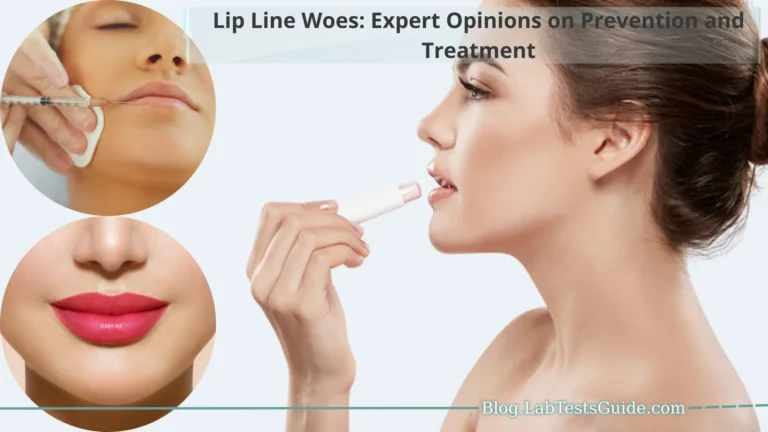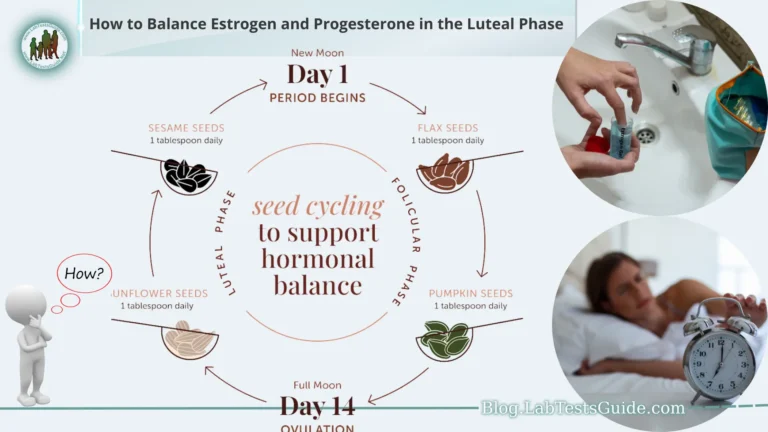Sun exposure is an essential part of life, providing the body with necessary vitamin D and can promote overall health and well-being. However, excessive exposure to sunlight can lead to several harmful effects, including skin damage, sunburn, and an increased risk of skin cancer. The harmful effects of sun exposure have become more frequent in recent years due to factors such as climate change and ozone depletion, which can increase the amount of ultraviolet radiation reaching the Earth’s surface.

It is important to understand the effects of sun exposure, both beneficial and harmful, and to take appropriate steps to protect ourselves from the sun’s harmful rays while enjoying the health benefits that sun exposure can provide. This may include wearing sunscreen or protective clothing, seeking shade during peak sun hours, and avoiding tanning beds. By balancing the benefits and risks of sun exposure, we can ensure that we maintain our overall health and well-being.
Importance of sun exposure for health:
Here are some of the ways in which sun exposure is important for our health:
- Vitamin D production: Sun exposure is the most natural and efficient way for our bodies to produce vitamin D, a nutrient that helps regulate the absorption of calcium and phosphorus, and is essential for strong bones and teeth. Vitamin D also plays a vital role in the immune system, muscle function, and cell growth.
- Improved Mood and Mental Health: Sun exposure has been shown to improve mood and mental health by increasing the production of serotonin, a hormone that regulates mood, appetite, and sleep.
- Regulation of the sleep-wake cycle: Exposure to sunlight helps regulate the body’s internal clock, which controls the sleep-wake cycle and other important bodily functions.
In general, sun exposure is essential for maintaining optimal health and well-being. However, it is important to balance the benefits of sun exposure against the potential risks of overexposure, such as skin damage and an increased risk of skin cancer.
Harmful effects of sun exposure:
- Skin damage: Excessive exposure to ultraviolet radiation can damage the skin, leading to premature aging, wrinkles, and brown spots.
- Sunburn: Sunburn is a painful redness of the skin caused by overexposure to UV radiation.
- Skin Cancer: Overexposure to ultraviolet radiation is a significant risk factor for skin cancer, including melanoma and non-melanoma types.
- Eye Damage: Overexposure to UV radiation can damage the eyes and increase the risk of cataracts and other eye diseases.
- Weakened immune system: Overexposure to UV radiation can weaken the immune system, making it harder for the body to fight infection and disease.
It is essential to protect yourself from overexposure to the sun’s harmful rays by wearing protective clothing, seeking shade during peak sun hours, and using sunscreen with a high SPF. By following these steps, you can enjoy the benefits of sun exposure and minimize the risks of overexposure.
Factors that influence sun exposure:
Here are some Factors that influence sun exposure.
- Geographic Location: The amount of sun exposure an individual receives can depend on their geographic location. Those living closer to the equator or at higher altitudes are exposed to more intense UV radiation than those living at lower latitudes or sea level.
- Time of day: UV radiation is most intense between 10 am and 4 pm, so people who spend time outdoors during these hours are more likely to experience overexposure.
- Weather conditions: UV radiation can still be present on cloudy or cloudy days, and can even reflect off surfaces like snow or water, increasing the risk of overexposure.
- Skin tone: People with lighter skin tones are more susceptible to sunburn and overexposure to UV radiation than people with darker skin tones.
- Personal Behavior: Personal behavior, such as spending time outdoors without protective clothing or sunscreen, can significantly increase a person’s risk of overexposure to ultraviolet radiation.
Understanding these factors and taking steps to protect yourself from excessive exposure to the sun’s harmful rays can help you maintain optimal health and well-being.
Prevention and protection:
Here are some tips for preventing overexposure to the sun’s harmful rays.
- Seek Shade: Avoid direct sunlight during peak hours, which is typically between 10 a.m. and 5 p.m. m. and 4 p.m. m. Seek shade under trees, umbrellas, or other shelter.
- Wear Protective Clothing : Wear protective clothing, such as long-sleeved shirts, pants, and wide-brimmed hats, to cover as much skin as possible.
- Use sunscreen: Use sunscreen with a minimum SPF of 30 and reapply every two hours or more often if you swim or sweat. Make sure the sunscreen protects against both UVA and UVB rays.
- Wear sunglasses: Wear sunglasses that block at least 99% of ultraviolet radiation to protect your eyes.
- Avoid tanning beds: Tanning beds emit harmful ultraviolet radiation and increase the risk of skin cancer and premature aging.
By following these steps, you can enjoy the benefits of sun exposure and minimize the risks of overexposure. Remember that prevention and protection are critical to maintaining optimal health and well-being.
Timing of outdoor activities:
Here are some tips on when to schedule outdoor activities to reduce your risk of overexposure to the sun:
- Avoid the midday sun: As mentioned above, the sun’s rays are strongest between 10 a.m. and 5 p.m. m. and 4 p.m. m., so it is best to avoid outdoor activities during these hours.
- Schedule activities early or late: If possible, schedule outdoor activities early in the morning or late in the afternoon when the sun’s rays are less intense.
- Check the UV Index: Check the UV Index in your area, which measures the strength of the sun’s UV rays. If the rate is high, consider rescheduling outdoor activities or taking extra precautions to protect yourself from the sun.
Regulation of sleep-wake cycle:
The regulation of the sleep-wake cycle, also known as the circadian rhythm, is a complex process that is controlled by various factors, including.
- The Suprachiasmatic Nucleus (SCN): Located in the hypothalamus, the SCN is the master clock that regulates the body’s circadian rhythm. It receives input from the eyes, which tell the brain to release hormones like melatonin that help regulate sleep.
- Light Exposure: Exposure to light, especially natural sunlight, helps regulate the circadian rhythm by signaling the brain to be awake and active during the day and to rest at night. That’s why it’s critical to get outside and expose yourself to natural light during the day and limit exposure to artificial light at night.
- Hormones: Hormones such as melatonin, cortisol, and adrenaline also play a role in regulating the sleep-wake cycle. Melatonin, which is produced in the pineal gland, helps regulate the sleep-wake cycle, while cortisol and adrenaline help promote wakefulness.
- Lifestyle factors: Lifestyle factors, such as diet, exercise, and stress levels, can also affect sleep-wake cycle regulation. Eating a healthy diet, exercising regularly, and managing stress can help promote healthy sleep habits.
Conclusion:
In conclusion, sun exposure is essential for many aspects of our health, including vitamin D production, mood enhancement, and skin health. However, overexposure to the sun’s UV rays can also have harmful effects on our health, including skin damage, eye damage, and immune suppression. Therefore, it is important to balance the benefits and risks of sun exposure by taking appropriate precautions, such as limiting sun exposure during peak hours, wearing protective clothing and sunscreen, seeking shade when possible, and maintaining healthy levels. of vitamin D through diet or supplements. By following these guidelines, people can enjoy the benefits of sun exposure and minimize the risk of harmful effects.






